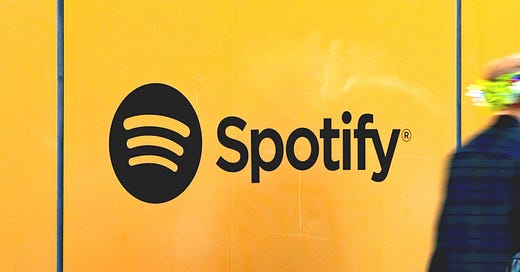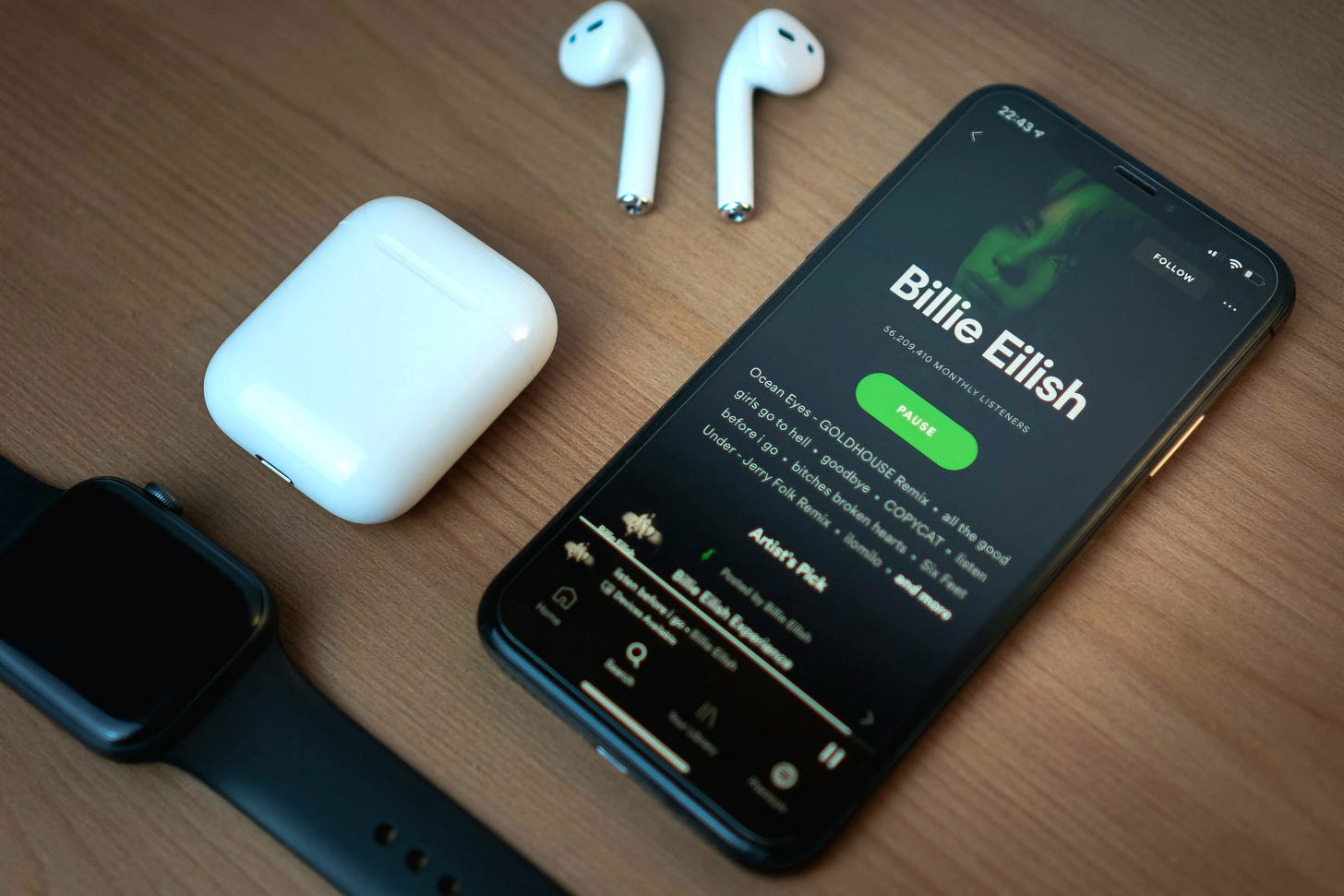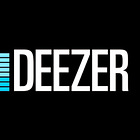Spotify’s New ‘Music Pro’ Tier | Innovation or Just Another Money Grab? 🦸🏻♂️
From AI Remixing to Early Concert Access; What is Music PRO?
Spotify is reportedly preparing to launch a new subscription tier called Music Pro, which will offer “superfan” perks like early access to concert tickets, AI-powered remix tools, and higher-fidelity audio. This new service is expected to cost up to $5.99 more per month on top of the existing Premium subscription ($11.99/month in the U.S.) and could bring the total monthly cost to around $18/month.
While Spotify frames this as a way to enhance Fan-Artist connections, the move raises important questions about who truly benefits and who gets left behind.What Is Music Pro?
The Music Pro tier is part of Spotify’s broader strategy to segment its user base and target superfans willing to pay more for “exclusive features and experiences”. According to reports, the tier will include:
Early Access to Concert Tickets: A feature aimed at capitalising on the high demand for live events.
AI Remix Tools: Allowing fans to create personalised versions of their favourite songs.
High-fidelity Audio: Competing with similar offerings from Apple Music and Amazon Music.
Spotify CEO Daniel Ek has described this as part of the “next version of the music industry,” where services are tailored for specific sub-groups, such as superfans.
The company is banking on these features to drive Average Revenue Per User (ARPU) growth under its “Streaming 2.0” strategy, which emphasizes premium offerings and price segmentation.
The Bigger Picture | Monetization Over Mission?
While Spotify touts Music Pro as a way to bring fans closer to their favourite artists, it’s hard to ignore the underlying profit motive. The streaming giant has faced criticism for its financial model, which prioritizes platform profitability over fair compensation for artists, especially smaller and independent artists.
Who Benefits?
The Platform: Spotify stands to increase its ARPU significantly by upselling superfans on premium features. This aligns with its broader goal of improving profitability following its first full year in the green in 2024.
Major Labels: Universal Music Group (UMG), Warner Music Group, and other major players have already renewed licensing agreements with Spotify that include provisions for these premium tiers. These deals ensure that major labels and their top-tier artists will benefit from any additional revenue streams.
Who Loses?
Independent Artists: The new tier does little to address the long-standing issue of inequitable payouts on Spotify. Smaller artists often struggle to gain visibility or earn meaningful revenue from streams, and Music Pro’s focus on superfans of already-popular acts could exacerbate this disparity.
Casual Listeners: As Spotify continues to push premium tiers, there’s a risk that basic users will see fewer features or lower-quality audio and experiences unless they upgrade.
A Missed Opportunity for Artists?
Spotify’s pivot toward superfans could have been an opportunity to empower smaller artists by offering them tools to engage directly with their niche audiences. Instead, the platform appears focused on monetizing superfans of already-established acts. For example:
Early access ticketing will likely benefit artists with massive followings like Taylor Swift or Beyoncé, not indie musicians who struggle to sell out smaller venues.
AI remix tools might be fun for users but do little to help emerging artists gain exposure or generate income. There are also questions about the training data used to train these AI models.
This approach underscores a broader trend in the streaming industry, i.e.
Prioritizing features that appeal to high-spending users while sidelining initiatives that could democratize opportunities for all creators.
The Superfan Economy | A Double-Edged Sword
The rise of superfans as a key demographic in music monetization is undeniable. According to Luminate’s 2024 report, superfans account for 20% of U.S. music listeners but spend significantly more on live events, physical merch, and other music-related purchases than casual fans. This makes them an attractive target for platforms like Spotify.
However, this focus risks creating a two-tiered system where only well-funded fans can access premium experiences, while smaller artists remain reliant on a streaming model that pays fractions of a cent per play.
Conclusion | Innovation or Exploitation?
Spotify’s Music Pro tier is emblematic of a broader shift in the streaming industry toward segmentation and premiumization. While it promises exciting perks for superfans and potential revenue growth for major players, it does little to address systemic issues like artist compensation and discoverability, especially for independent musicians.
If Spotify truly wants to “bring fans and artists closer together,” it should consider investing in features that empower all creators, not just those backed by major labels. Until then,
Music Pro feels less like an innovation and more like yet another way for Spotify and its corporate partners to squeeze more money out of an already strained ecosystem.
What Do You Think? Is Spotify’s Music Pro tier a step forward for music fans and artists or just another cash grab? Share your thoughts in the comments! 💬
Join us at Vinyl Culture as we continue exploring ways to preserve and evolve authentic Music Culture in an age dominated by algorithms and corporate interests.
Together, we can make a difference.🫱🏼🫲🏽
Read More Here📚🔗:










Last year, I left Spotify for Qobuz and life is good. All I read about is people leaving Spotify. That, and Spotify’s attempts to stop paying artists with thresholds, bundling loopholes, fake bands, etc. It’s not difficult to leave Spotify and transfer your playlists to another service. The world will not end by leaving Spotify. Qobuz’s recommendations by “people not algorithms” has led me to artists I probably wouldn’t have heard if I had stayed on Spotify.
It’s sad that Spotify and likely most other corporations and industry groups are going to gauge fan loyalty and support through a financial metric. Some fans just don’t have the money to spend on concert tickets and merch that would put them in the superfan tier. Understanding the segmentation of audiences is legitimately important for musicians and their business strategies, but I hope they don’t lose sight of the fact that their fans are real people with real lives and real struggles.